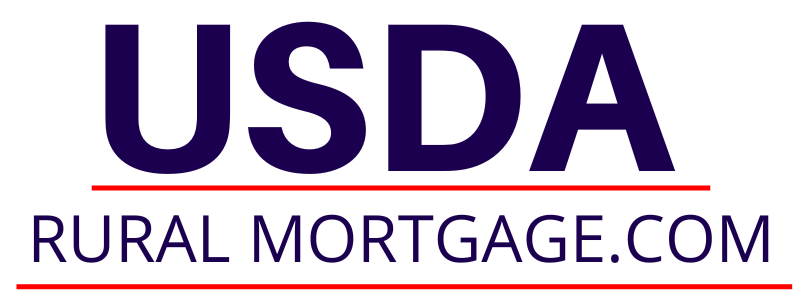FHA Loan vs. USDA Loan: Understanding the Differences and Benefits
When it comes to home loans, the FHA (Federal Housing Administration) and USDA (United States Department of Agriculture) loans are two popular options, each with unique benefits and eligibility requirements. Understanding the differences between these two can help potential homebuyers make an informed decision based on their personal circumstances and homeownership goals.
Overview of FHA Loans
1. Eligibility: FHA loans are government-backed mortgages designed for low-to-moderate-income borrowers. They are available to any qualifying U.S. resident who can meet the credit and income requirements.
2. Down Payment: One of the most significant advantages of FHA loans is the low down payment requirement, typically only 3.5% of the home’s purchase price.
3. Credit Score Requirements: FHA loans are more accessible to those with lower credit scores. Borrowers with a credit score of 580 or higher qualify for the maximum financing, while those with scores as low as 500 may still be eligible with a higher down payment.
4. Mortgage Insurance: Borrowers must pay mortgage insurance premiums (MIP), which protect the lender if the borrower defaults on the loan. This includes an upfront premium and an annual premium.
5. Property Requirements: The property must meet certain safety and security standards. FHA appraisals are generally more stringent than conventional appraisals.
Overview of USDA Loans
1. Eligibility: USDA loans are targeted at helping rural homebuyers. To qualify, the property must be located in an eligible rural area as defined by the USDA. Additionally, borrowers must meet certain income limits that vary by region.
2. No Down Payment: A standout feature of USDA loans is that they offer 100% financing, meaning no down payment is required, which is ideal for buyers who have limited savings.
3. Credit Score Requirements: USDA loans have flexible credit score requirements. While a score of 640 typically qualifies for streamlined processing, lower scores do not automatically disqualify a borrower.
4. Mortgage Insurance: Instead of mortgage insurance, USDA loans require a guarantee fee, which is lower than the FHA’s mortgage insurance and can be rolled into the loan.
5. Income Limits and Usage: Borrowers must fall within specific income brackets to qualify, and the loan is only available for primary residences.
Comparing FHA and USDA Loans
- Location Restrictions: USDA loans are only available in designated rural areas, while FHA loans can be used anywhere in the U.S.
- Income Limits: USDA loans have strict income limits, whereas FHA loans do not.
- Down Payment: FHA loans require a down payment, albeit a low one, while USDA loans offer the advantage of no down payment.
- Mortgage Insurance Costs: FHA loans typically have higher mortgage insurance costs than USDA loans.
- Credit Flexibility: Both loans offer flexibility with credit scores, but FHA loans might be more accessible to those with lower credit scores.
Conclusion
Both FHA and USDA loans offer unique benefits for homebuyers. FHA loans are generally more accessible and flexible, with low down payments and less stringent credit requirements. In contrast, USDA loans are ideal for buyers in rural areas, offering the significant advantage of no down payment and lower insurance costs. Your choice will depend on factors like your credit score, income, the property’s location, and your ability to afford a down payment. It’s always recommended to consult with a mortgage advisor to understand which option aligns best with your financial situation and homeownership goals.


No Comments
Be the first to start a conversation